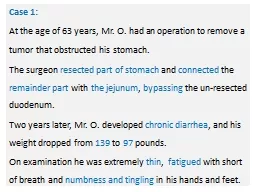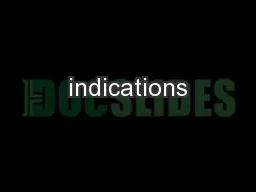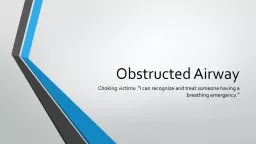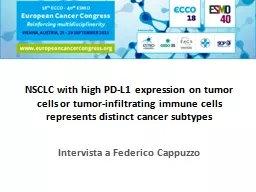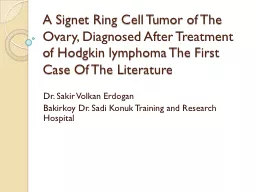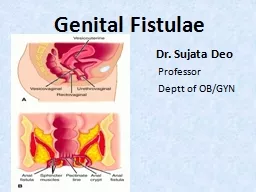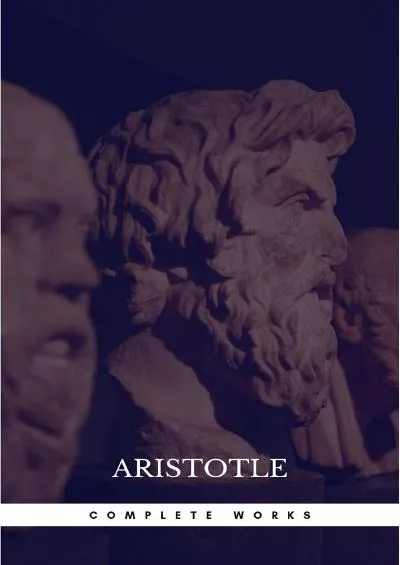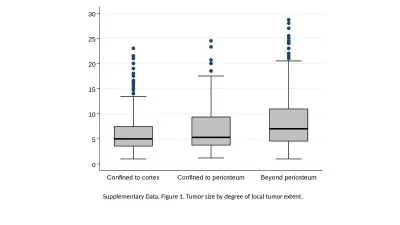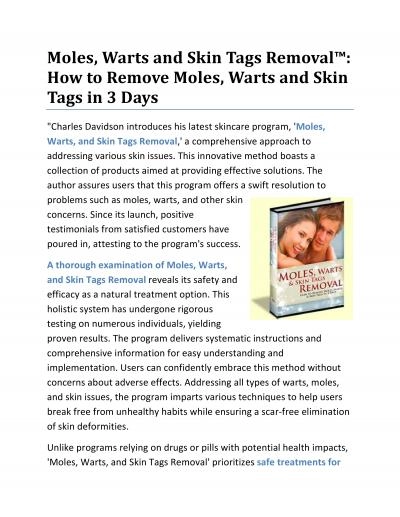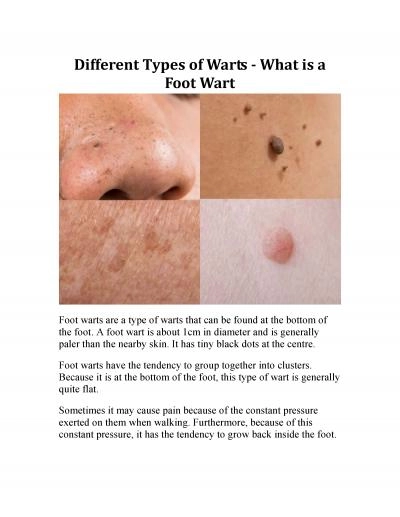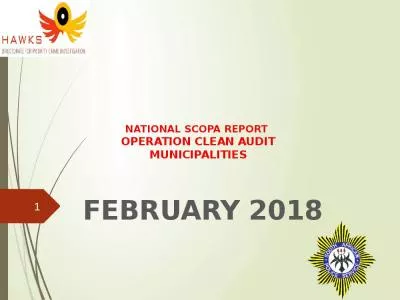PPT-n Case 1: At the age of 63 years, Mr. O. had an operation to remove a tumor that obstructed
Author : alexa-scheidler | Published Date : 2019-06-29
The surgeon resected part of stomach and connected the remainder part with the jejunum bypassing the unresected duodenum Two years later Mr O developed
Presentation Embed Code
Download Presentation
Download Presentation The PPT/PDF document "n Case 1: At the age of 63 years, Mr. O..." is the property of its rightful owner. Permission is granted to download and print the materials on this website for personal, non-commercial use only, and to display it on your personal computer provided you do not modify the materials and that you retain all copyright notices contained in the materials. By downloading content from our website, you accept the terms of this agreement.
n Case 1: At the age of 63 years, Mr. O. had an operation to remove a tumor that obstructed: Transcript
Download Rules Of Document
"n Case 1: At the age of 63 years, Mr. O. had an operation to remove a tumor that obstructed"The content belongs to its owner. You may download and print it for personal use, without modification, and keep all copyright notices. By downloading, you agree to these terms.
Related Documents

